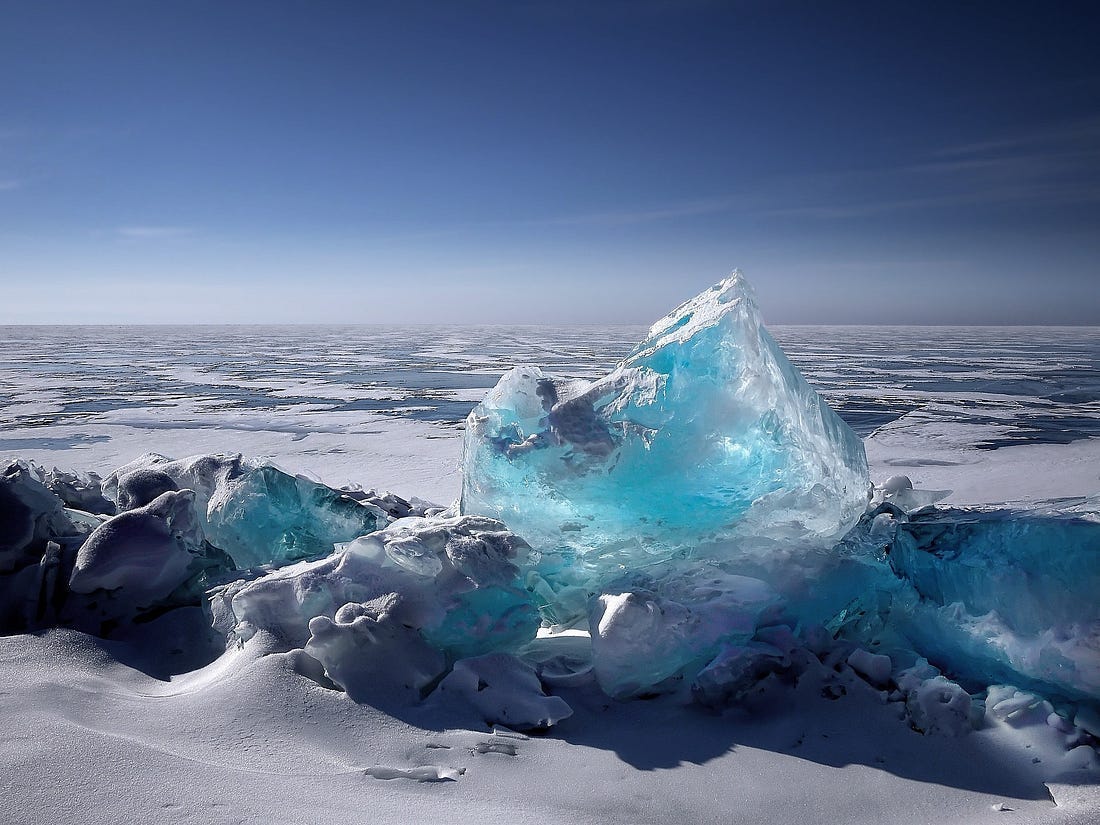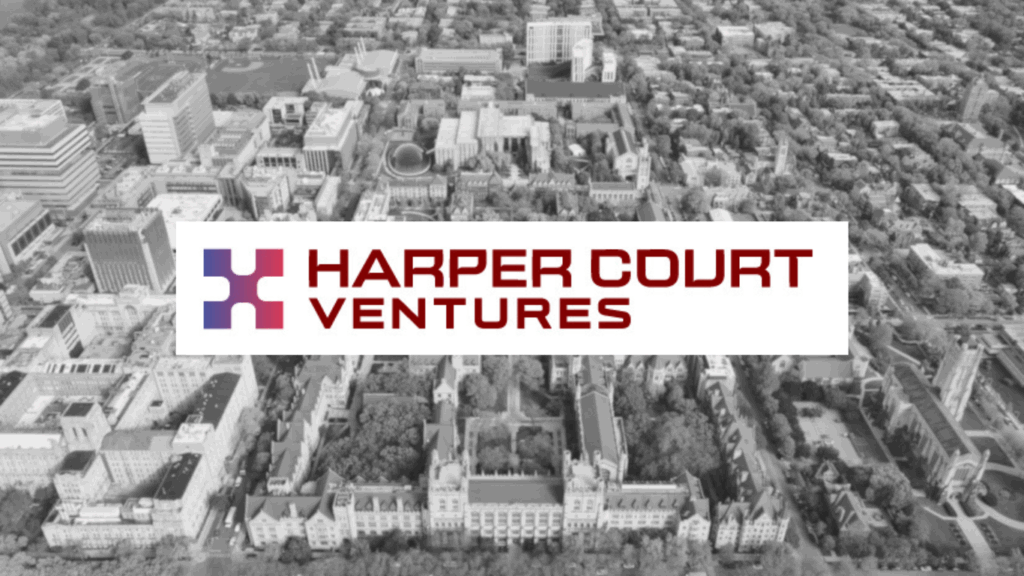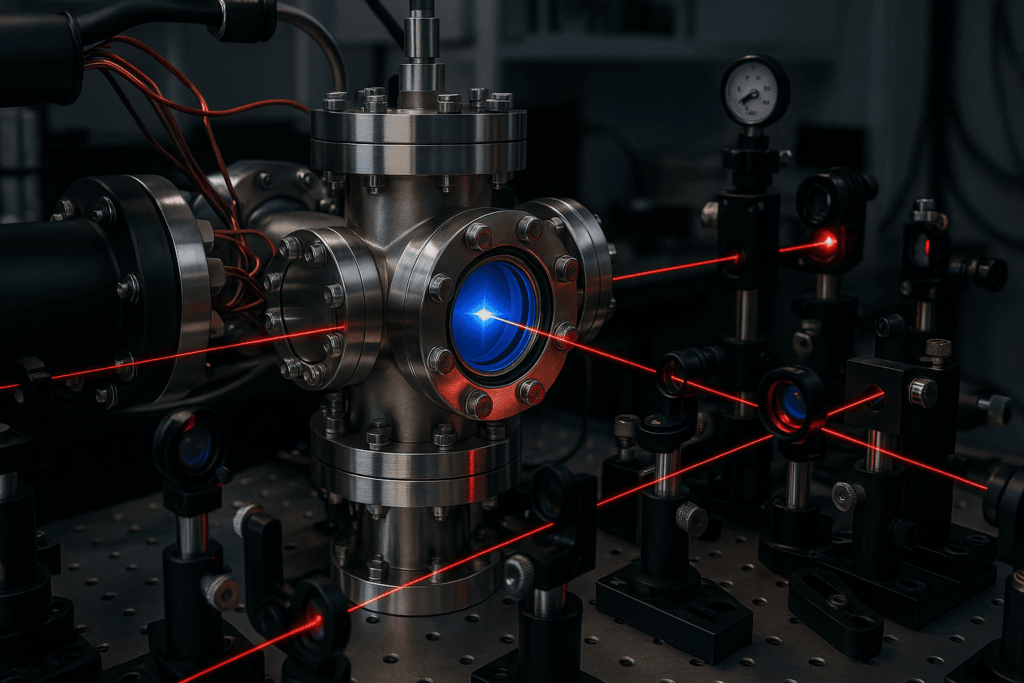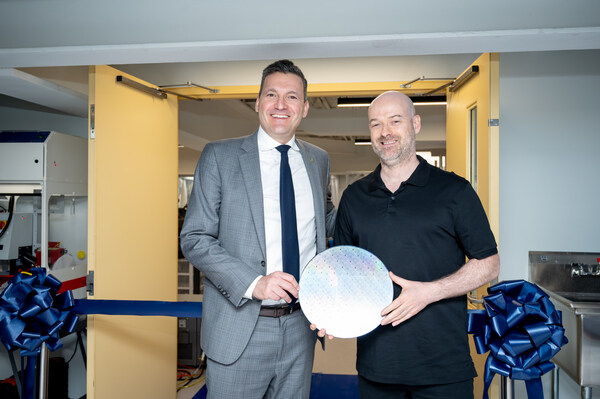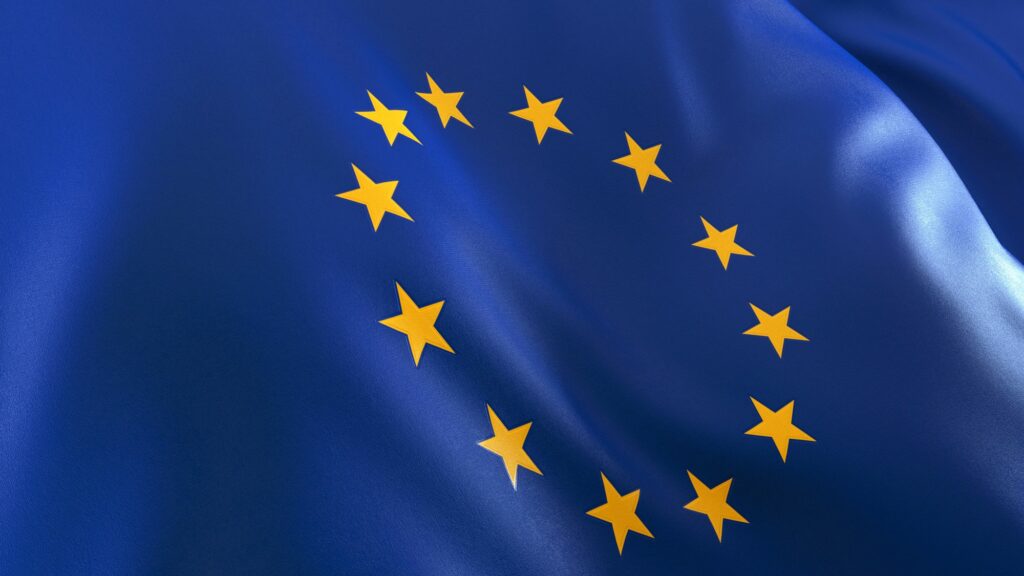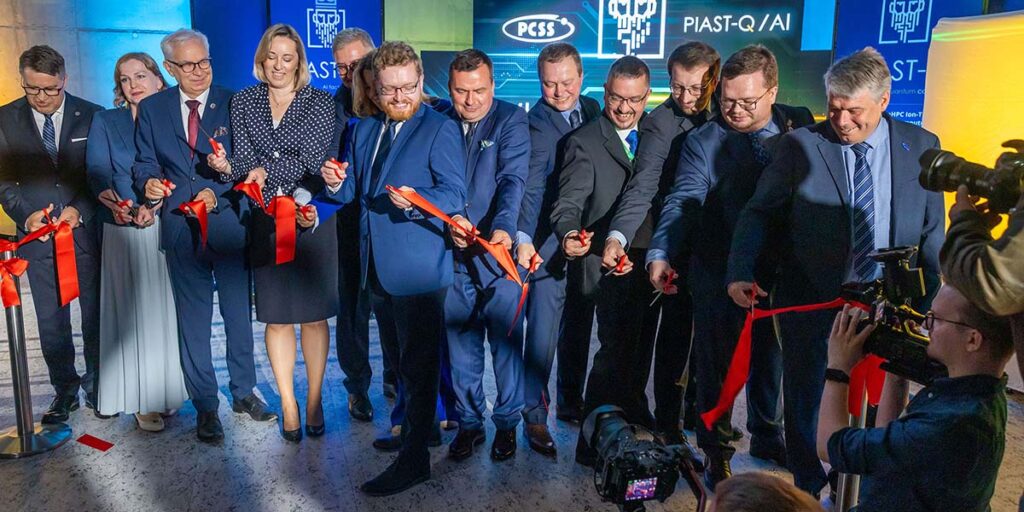Introduction
In the rapidly evolving landscape of quantum technology, cryogenics is an indispensable and fascinating domain that pushes the boundaries of low-temperature physics. Harnessing the power of extreme cold, this groundbreaking field plays a pivotal role in unlocking the true potential of quantum phenomena.
This field of research has its origins in the early 20th century and has since become a vital area of study for understanding quantum phenomena and developing advanced technologies like superconductors and quantum computing.
Heike Kamerlingh Onnes (1853–1926), a Dutch physicist renowned for his pioneering work in low-temperature physics, achieved a remarkable feat in the early 20th century, becoming the first person to successfully liquefy helium. This groundbreaking accomplishment laid the essential foundation for delving into the properties of matter under incredibly cold conditions, a fundamental aspect of the field of cryogenics.
Another luminary in this scientific discipline is Lev Landau (1908–1968), a Soviet physicist of great distinction. Landau’s contributions primarily centred around condensed matter physics, with a special focus on the realms of superfluidity and superconductivity. His insights into the behaviour of liquid helium at extremely low temperatures played a pivotal role in advancing the frontier of quantum cryogenics, though his primary focus was not cryogenics itself, but rather the study of matter at low temperatures.

Equally worthy of recognition are John Bardeen (1908–1991), Leon Cooper (1930–), and John Robert Schrieffer (1931–2019), a trio of physicists whose collaborative efforts in 1957 led to the formulation of the BCS theory, which they received the Nobel Prize in Physics for in 1972. This groundbreaking theory offered an elegant explanation for the phenomenon of superconductivity that manifests in specific materials when cooled to low temperatures. Coined after its creators, the BCS theory intricately describes the formation of Cooper pairs of electrons, enabling their frictionless movement through the material — a cornerstone concept in the realm of quantum cryogenics.
Another triumvirate that significantly enriched this field consists of David Lee (1931–), Douglas Osheroff (1945–), and Robert C. Richardson (1937–2013). Their monumental breakthrough in 1972 was the discovery of superfluidity in helium-3 at ultra-low temperatures. This accomplishment not only earned them the prestigious 1996 Nobel Prize in Physics but also expanded the horizons of quantum cryogenics research, ushering in a new era of possibilities.
The trajectory of progress continued with the notable contributions of Eric Cornell (1961–) and Carl Wieman (1951–). In 1995, in collaboration with Wolfgang Ketterle, Cornell and Wieman orchestrated a landmark achievement: the creation of the first-ever Bose-Einstein condensate (BEC). This extraordinary state of matter materializes when a dilute gas of bosons, particles with integral spins, is cooled to temperatures proximate to absolute zero. Their remarkable feat marked a profound milestone in the realm of cryogenics, meriting the Nobel Prize in Physics in 2001 as a testament to its significance.
Cryogenics continues to be a rapidly evolving field, with ongoing research exploring the quantum behaviour of materials at ultra-low temperatures. The efforts of these key figures mentioned above, along with many others such as Max Planck, Albert Einstein and Wolfgang Pauli, have paved the way for advancements in both fundamental quantum physics and practical applications in quantum technologies.
Join us as we briefly venture into the cold frontier of cryogenics, where the future of quantum applications holds promise.
What is Cryogenics?
In the field of quantum technology, cryogenics has emerged as a pivotal enabler of cutting-edge research and practical applications. We define quantum cryogenics as the specialized branch of cryogenics that focuses on cooling quantum systems to extremely low temperatures, approaching absolute zero (0 Kelvin or -273.15°C). By harnessing the principles of quantum mechanics, researchers can exploit the remarkable properties of matter at such temperatures, unlocking the full potential of certain quantum devices. At these extreme conditions, quantum particles exhibit unique behaviours, enabling long-lasting coherence and entanglement — the building blocks of quantum computing, quantum sensing, and quantum communication. Cryogenics plays a central role in stabilizing quantum states and mitigating decoherence, leading to exciting advancements in various quantum technologies, promising a revolutionary impact on fields as diverse as materials science, cryptography, and drug discovery.
The Impact of Cryogenics on Quantum Computing Performance
One of the main hurdles in quantum computing lies in maintaining the delicate quantum states of qubits, the building blocks of quantum information. Cryogenic cooling techniques have proven to be instrumental in achieving the required conditions for preserving qubit coherence and reducing noise, which are crucial for the accurate execution of quantum algorithms (noting there are important hurdles around error correction of the systems seems to overcome at the moment).
Specialists in the field have turned to cryogenics to address the notorious problem of decoherence, caused by the interaction of qubits with their environment. By cooling quantum processors to near-absolute zero temperatures, typically below 1 Kelvin, the vibrations and thermal excitations that cause qubits to lose their quantum information are substantially minimized. This has paved the way for longer lasting and more reliable quantum states, significantly enhancing the quantum computing performance and error rates, thereby bringing quantum computation closer to practical applications.
Furthermore, the impact of cryogenics extends beyond addressing decoherence; it also enables the exploration of exotic quantum phenomena that were previously difficult to observe. In specialized cryogenic environments, researchers have created and manipulated exotic states of matter, such as topological qubits, which exhibit robustness against local perturbations and hold great promise for fault-tolerant quantum computing. Cryogenics has played an essential role in unlocking the potential of these novel qubits and pushing the boundaries of quantum information science.
The advancement of cryogenic engineering has made quantum computing systems more scalable and accessible. Cryogenically cooling an entire quantum processor was once a formidable technical challenge. Still, with recent innovations in cryogenics, researchers can now design and construct more compact and energy-efficient cryogenic systems that facilitate integration with larger quantum computing infrastructures.
As the quantum industry continues to tackle some of the most intractable problems in computation and communication, cryogenics remains at the forefront of this revolutionary journey. Its impact on quantum computing performance has not only brought us closer to solving complex real-world problems but has also laid a solid foundation for quantum technologies that may reshape industries and unlock unprecedented possibilities for the future. The marriage of quantum computing and cryogenics offers a glimpse into the transformative power of cutting-edge technology, propelling us toward a new era of computation and innovation.
Cryogenic Cooling Technologies
We will now look at some of the cryogenic cooling technologies currently available:
Cryocoolers
These devices are at the forefront of cooling quantum systems to low temperatures, enabling researchers and engineers to harness the extraordinary properties of quantum mechanics for groundbreaking applications. Cryocoolers serve as valuable tools for preliminary cooling of components before they are placed into a specialized, colder environment like a dilution refrigerator.
Dilution Refrigeration (DR)
Dilution Refrigeration (DR) employs a blend of two helium isotopes, helium-3 (³He) and helium-4 (⁴He). By capitalizing on the distinctive phase separation of these isotopes, heat can be drawn out from a sample or apparatus, achieving remarkably low temperatures. This method finds applications across diverse realms of study, encompassing areas like low-temperature physics and quantum computing.
Adiabatic Demagnetization Refrigeration (ADR)
ADR is a technique harnessing the cooling consequences arising when a magnetic substance undergoes adiabatic (heat-exchange-free) demagnetization. Through the application of a potent magnetic field for atomic magnetic moment alignment, followed by its subsequent reduction, the material’s thermal energy is utilized to surpass magnetic interactions, culminating in cooling. ADR finds utility in space telescopes, satellite instrumentation, and select low-temperature research.
Pulse Tube Refrigeration
Pulse Tube Refrigeration uses a mechanical device to generate a high-frequency pressure wave within a sealed gas circuit characterizes this approach. The oscillating pressure wave prompts the gas to alternate between expansion and contraction, leading to temperature fluctuations that can be harnessed for cooling purposes. Pulse tube refrigeration is frequently harnessed in cryopumps, spaceborne instruments, and specific industrial contexts.
Practical Applications of Quantum Cryogenics
This cutting-edge field has found practical applications in various areas, revolutionizing quantum research and development.
One of the primary applications of quantum cryogenics lies in quantum computing. Quantum computers rely on qubits, delicate quantum bits that are highly susceptible to external noise and decoherence. By cooling quantum processors to temperatures near absolute zero, cryogenics helps mitigate thermal noise and enhances the coherence time of qubits, paving the way for more robust quantum computations. This breakthrough has the potential to transform industries, enabling advanced simulations, optimization tasks, and cryptography, which were once deemed unattainable by classical computers.
Moreover, cryogenics has proven invaluable in the field of quantum communication. Quantum key distribution (QKD) protocols, which leverage the principles of quantum mechanics to ensure unbreakable encryption, require the transmission of quantum signals over long distances. However, as these signals pass through various media, losses and errors can occur. By employing cryogenic cooling, researchers could manage and possibly extend the coherence of quantum signals, minimizing losses during transmission and significantly improving the security and reliability of quantum communication networks. This could have far-reaching implications for secure communication in areas such as finance, defence and data privacy.
Another exciting use case of cryogenics is in quantum sensing and metrology. Quantum sensors, designed to detect the smallest changes in physical quantities, such as magnetic fields or gravitational waves, are susceptible to environmental disturbances. Through precise cooling, quantum cryogenics enables the creation of ultra-sensitive sensors with enhanced quantum coherence, boosting their performance to unprecedented levels. This breakthrough has the potential to advance various fields, including geophysics, medical imaging, and even the search for extraterrestrial life.
In conclusion, cryogenics has emerged as a transformative technology, offering practical solutions to some of the most challenging problems in the quantum industry. By preserving the delicate quantum states of particles at ultra-low temperatures, cryogenics has propelled quantum computing, communication, and sensing to new heights. As researchers continue to push the boundaries of this field, its impact on technological advancements and scientific discoveries is expected to be nothing short of revolutionary.
Challenges & Innovations in Cryogenics
Challenges in Cryogenics:
Extreme Cooling Requirements:
Quantum systems often operate at temperatures close to absolute zero (0 Kelvin or -273.15°C), demanding sophisticated cooling techniques to eliminate thermal noise and enhance quantum coherence.
Heat Dissipation and Leakage:
The cryogenic environment poses challenges in dissipating the heat generated by quantum processors. Moreover, cryostat insulation issues can lead to heat leakage, impacting system stability and performance.
Scalability Concerns:
Scaling up quantum systems introduces additional cooling complexities as the number of qubits or quantum elements increases, leading to higher cooling power requirements and potential challenges in maintaining uniformity across the entire system.
Cryostat Design and Manufacturing:
Designing and fabricating cryostats that can accommodate complex quantum hardware while minimizing thermal losses is a demanding engineering task.
Innovations in Cryogenics:
Dilution Refrigeration:
Innovations in dilution refrigeration technology have significantly improved the cooling capabilities of quantum systems. By mixing isotopes of helium, dilution refrigerators can reach ultra-low temperatures, offering enhanced thermal stability for quantum processors.
Adiabatic Demagnetization Refrigeration (ADR):
ADR is a novel cooling technique that relies on the adiabatic demagnetization process of certain materials. It allows cooling quantum systems to extremely low temperatures without the need for other expensive and complex cryogenics.
Cryocooler Advancements:
Cryocoolers have seen significant advancements, enabling more efficient cooling at cryogenic temperatures. These innovations provide a more practical and compact cooling solution for quantum systems, facilitating easier integration and scalability.
Materials and Insulation Improvements:
Researchers have been exploring novel materials and insulation techniques to reduce heat leakage and improve thermal management in cryostats, leading to more reliable and efficient cooling of quantum processors.
Luckily for the industry, there are several innovative companies in this field with some exciting technology up their sleeves that are solving some of today’s most intractable problems in cryogenics and cold solutions for quantum computing such as Oxford Instruments, Kiutra, Montana Instruments, and more.
Future of Cryogenics
Cryogenics, a captivating field rooted in low-temperature physics, plays a vital role in unlocking the potential of quantum phenomena. From pioneering works by luminaries like Heike Kamerlingh Onnes and Lev Landau to modern breakthroughs such as the creation of Bose-Einstein condensates, this rapidly evolving discipline continues to shape the quantum industry.
Harnessing cryogenic cooling technologies addresses the critical challenge of preserving qubit coherence in quantum computing. Innovations in cryogenic engineering and materials have further enabled scalable and efficient quantum systems. As researchers overcome challenges, cryogenics promises revolutionary applications across materials science, cryptography, and beyond.
Featured image: Image by Simon Berger from Pixabay
For more market insights, check out our latest quantum computing news here.

